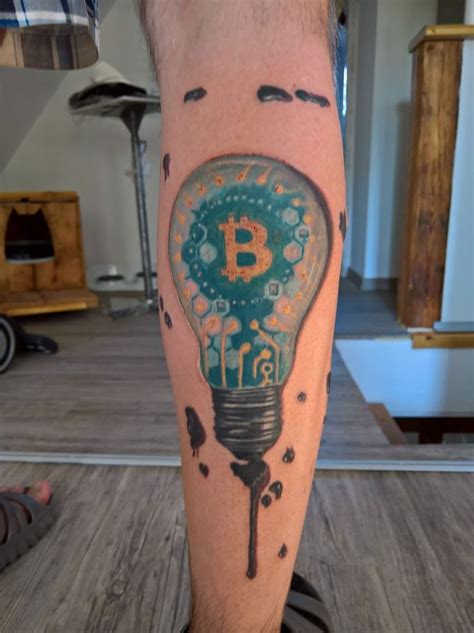“The Mysterious Dance of Digital Dreams: Exploring the Uncharted Territory of Blockchain-Based Art and Tokens”

As the world becomes increasingly interconnected, the boundaries between art, finance, and technology continue to blur. One such phenomenon that has garnered significant attention in recent years is blockchain-based digital assets — or “cryptocurrencies,” as they are colloquially known. These innovative creations have the potential to disrupt traditional industries and create new opportunities for artists, investors, and enthusiasts.
At the heart of this revolution is a public offering mechanism, where token holders can buy, sell, and trade these digital assets on centralized exchanges or directly through online marketplaces. This decentralized approach allows for greater freedom and accessibility, allowing anyone with an internet connection to participate in the market.
One of the most exciting aspects of crypto art is its focus on creative expression and self-expression. Artists can now create unique digital works using specialized software, which are then auctioned or sold privately to collectors. These tokens often feature intricate designs, fascinating patterns, and even interactive elements that make them feel like physical masterpieces.
The real magic of crypto art, however, lies in its ability to democratize access to traditional art forms. Artists, no longer limited by geographic constraints or financial means, can now present their work directly to a global audience. This has led to a thriving community of collectors, curators, and enthusiasts who appreciate the unique qualities of blockchain-based art.
One notable example is the rise of cryptocurrency art, where digital artworks are created using specialized software that generates random images based on specific parameters — such as mathematical functions or historical events. These tokens are then minted on the blockchain and sold to anyone who wants them, often generating significant profits for their creators.
Not all crypto assets are created equal, however. Some have been marketed as “gaming” tools, where players can earn rewards by completing tasks or participating in games. Others have been marketed as “utility” assets, such as stablecoins, that hold a fixed value against traditional currencies. While these tokens can offer tangible benefits, they often lack the creative spark and artistic flair of their blockchain-based counterparts.
Despite these challenges, the crypto asset market continues to evolve and expand. As more people realize its potential, new use cases and applications are emerging—from decentralized finance (DeFi) protocols to non-fungible token (NFT) markets.
As we navigate this uncharted territory, it’s essential to recognize that blockchain-based art and tokens have more than just financial value. They represent a new era of creative expression, innovation, and community-driven development.
Whether you’re an artist, an investor, or simply a curious enthusiast, the world of crypto assets is here to stay. As we continue to push the boundaries of what’s possible in this space, one thing is certain: the future of digital art will be shaped by the innovative spirit of those who dare to dream big and create something truly remarkable.
